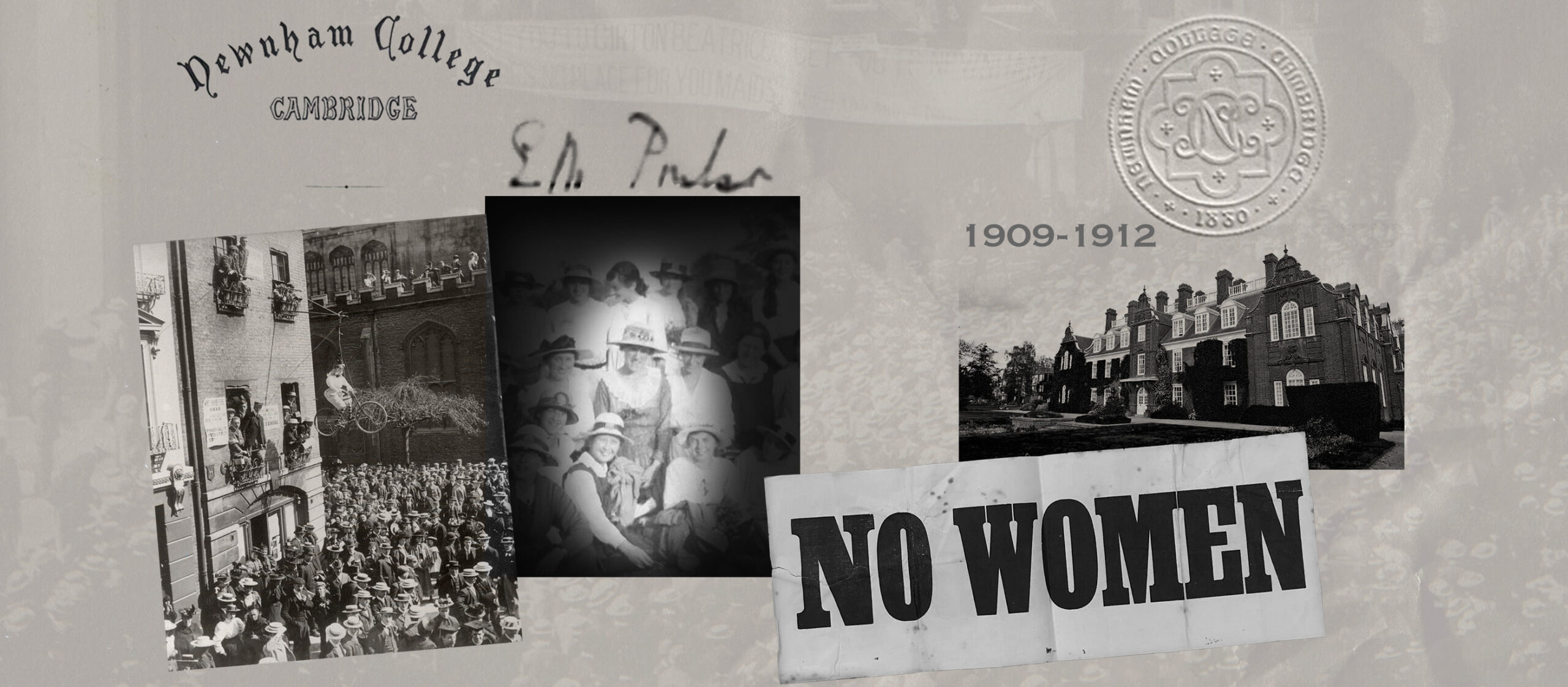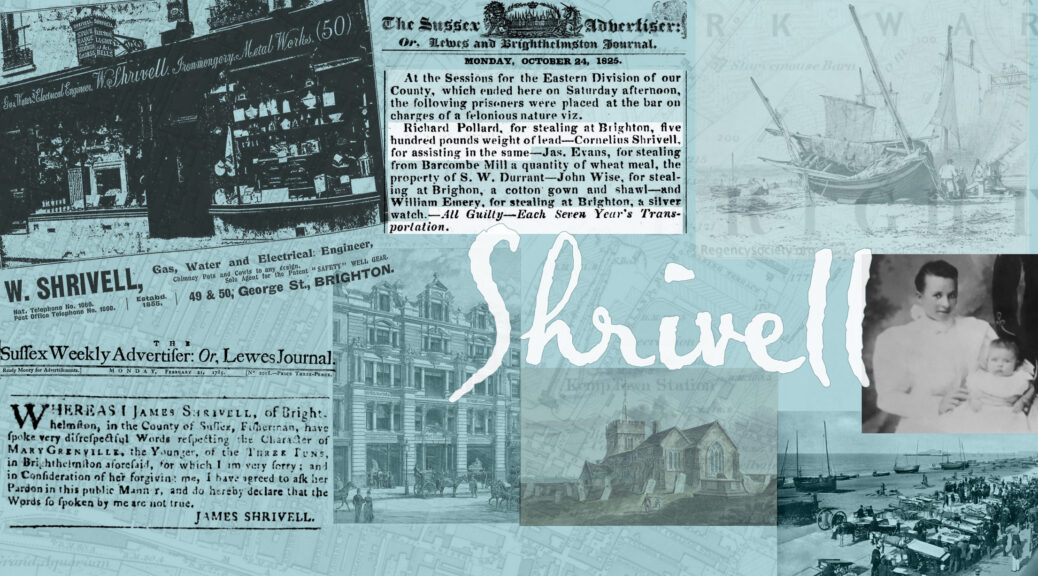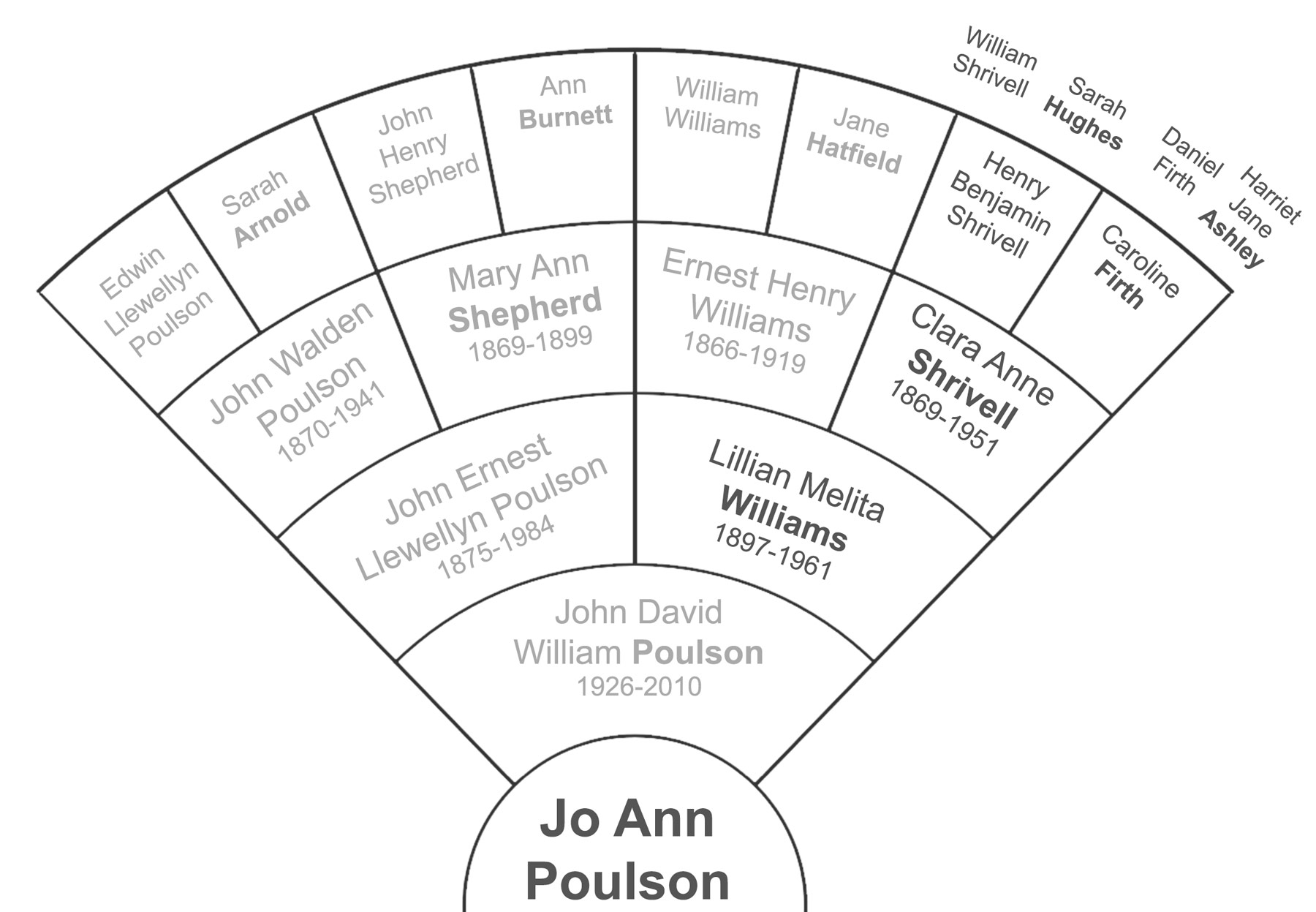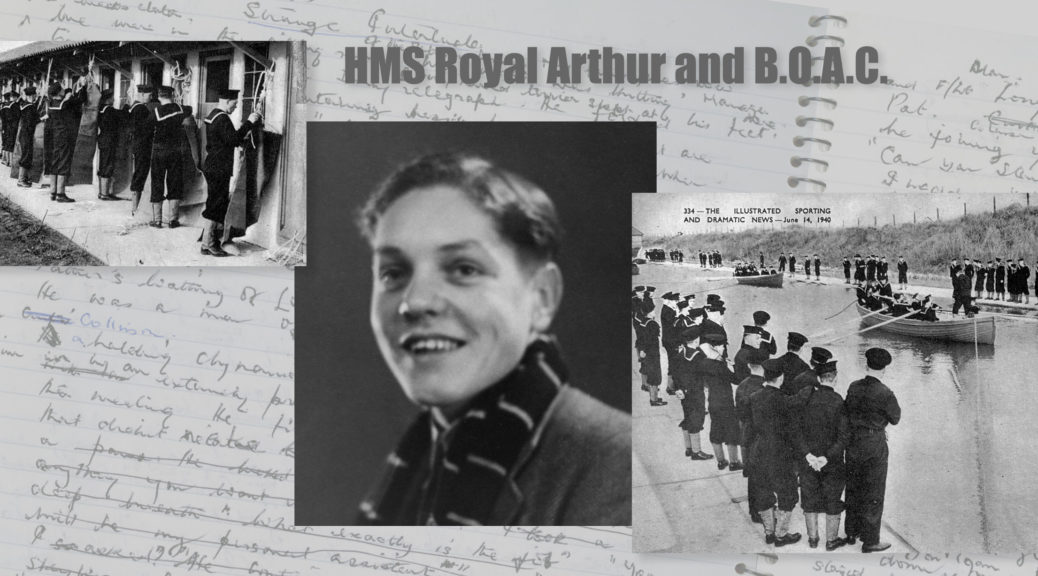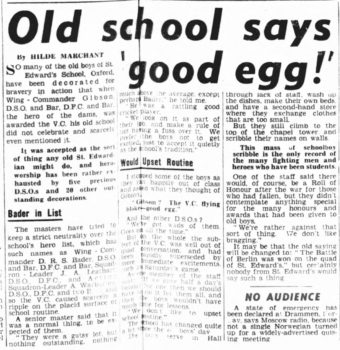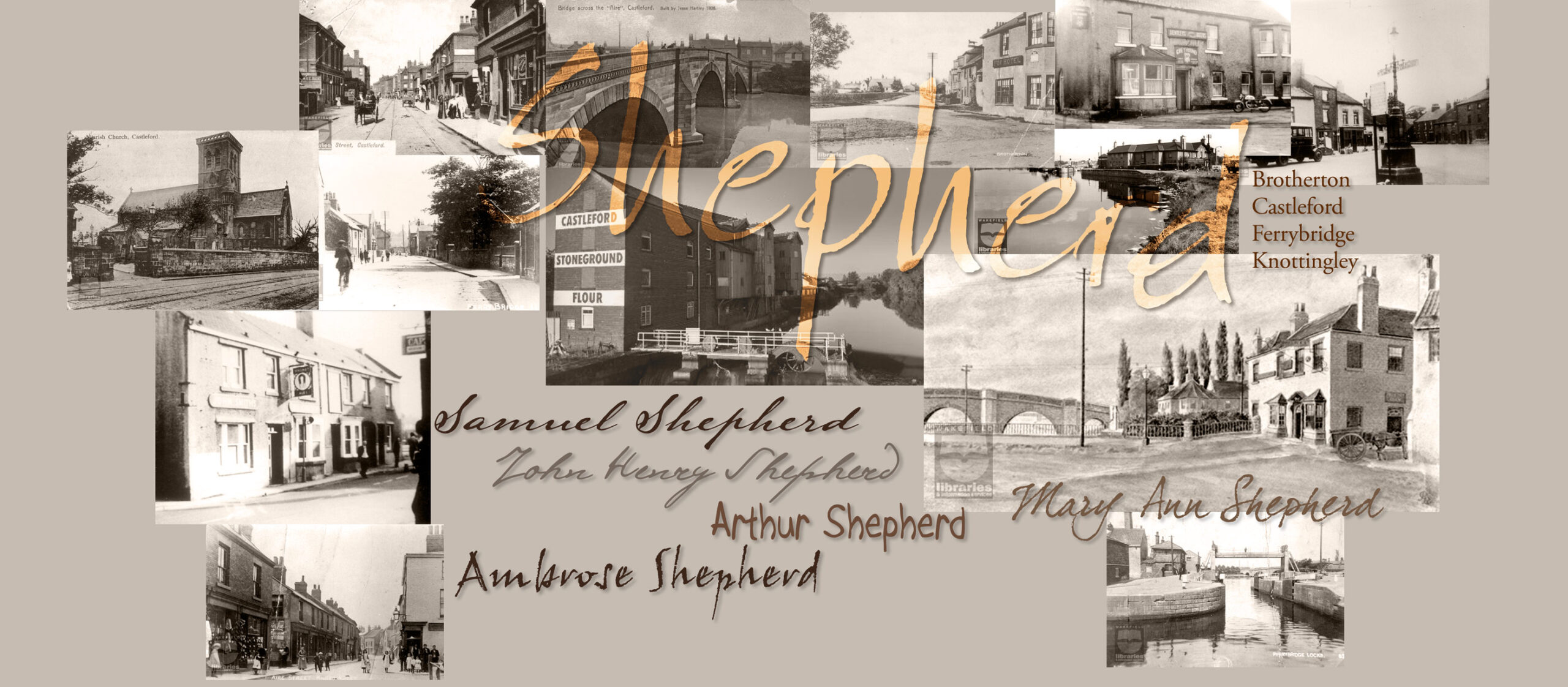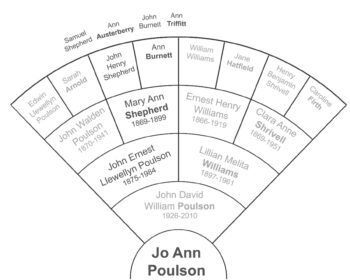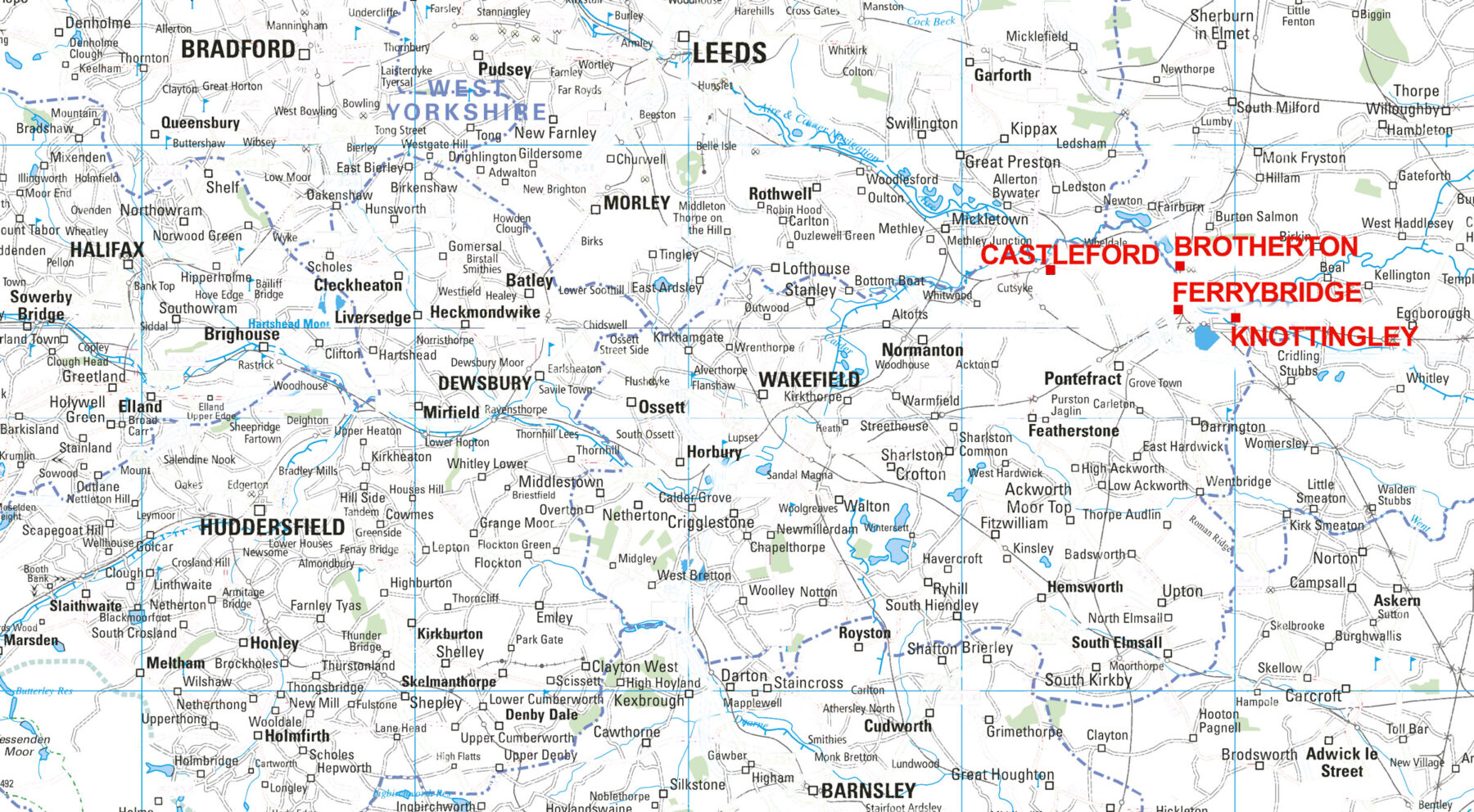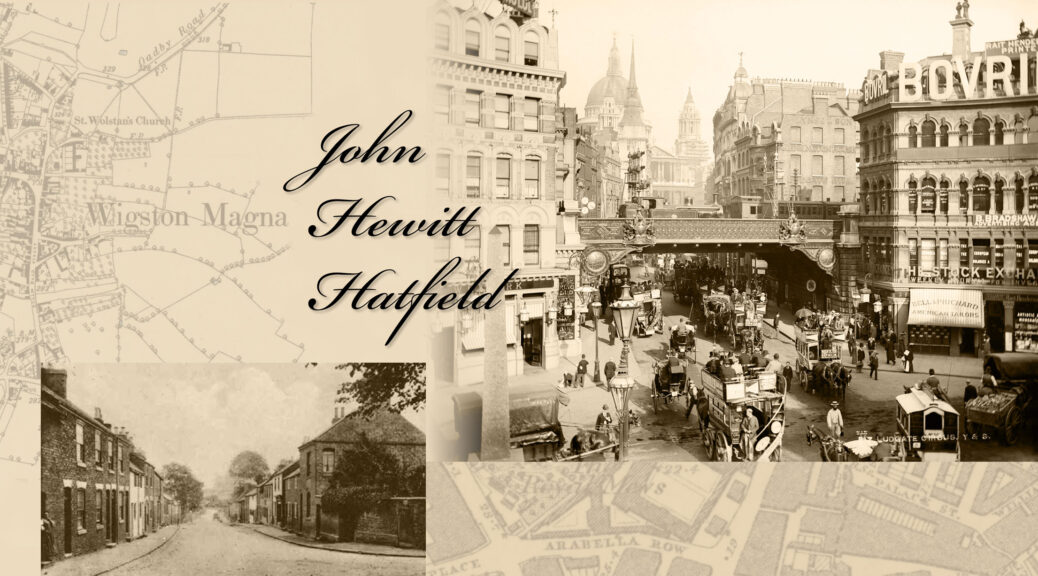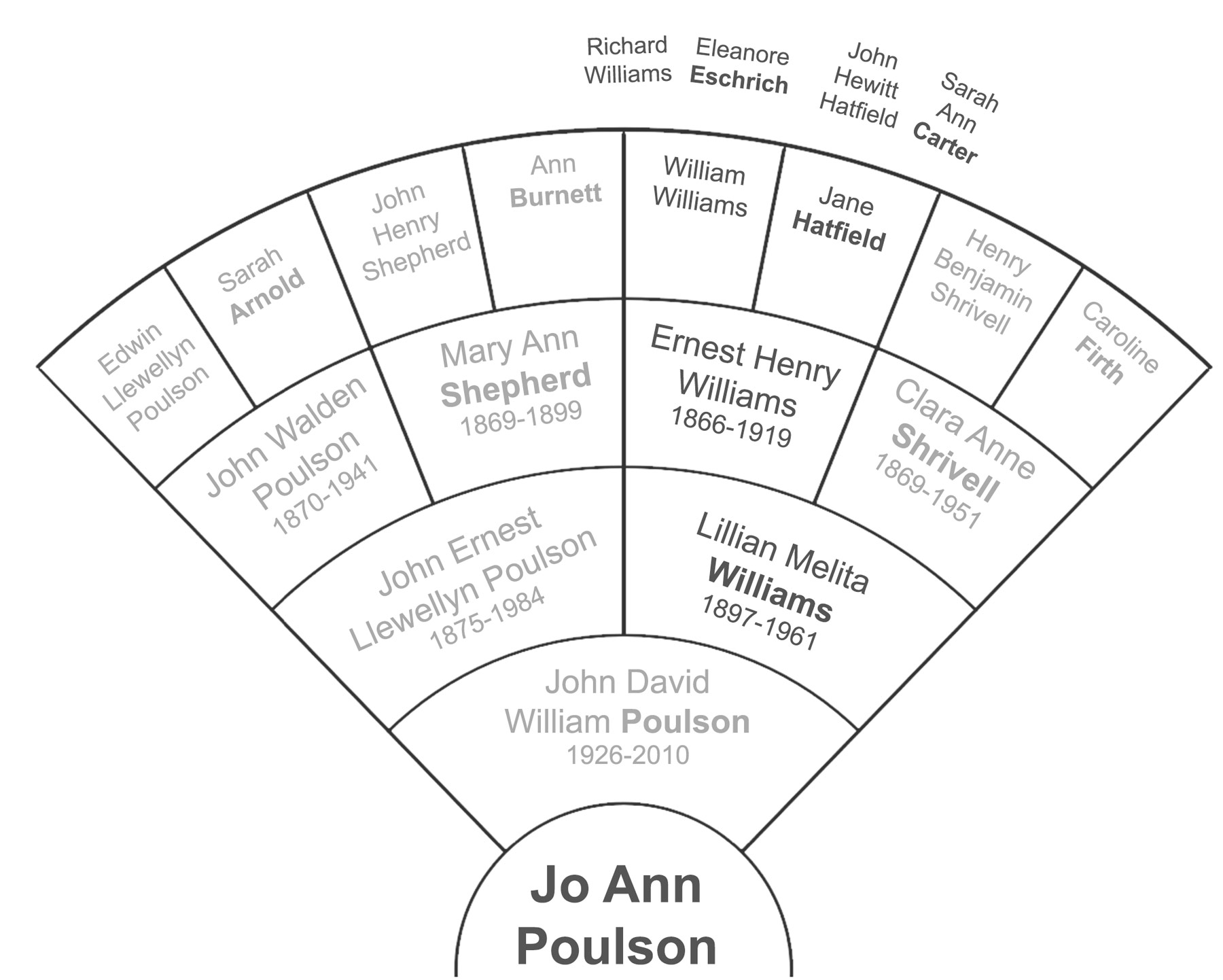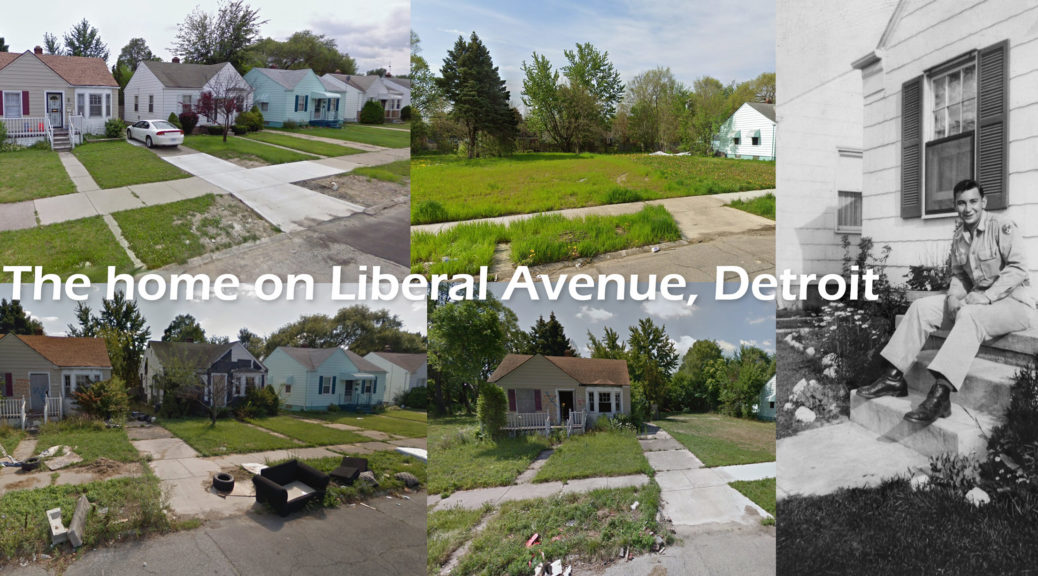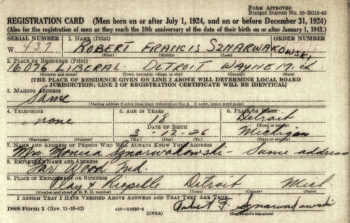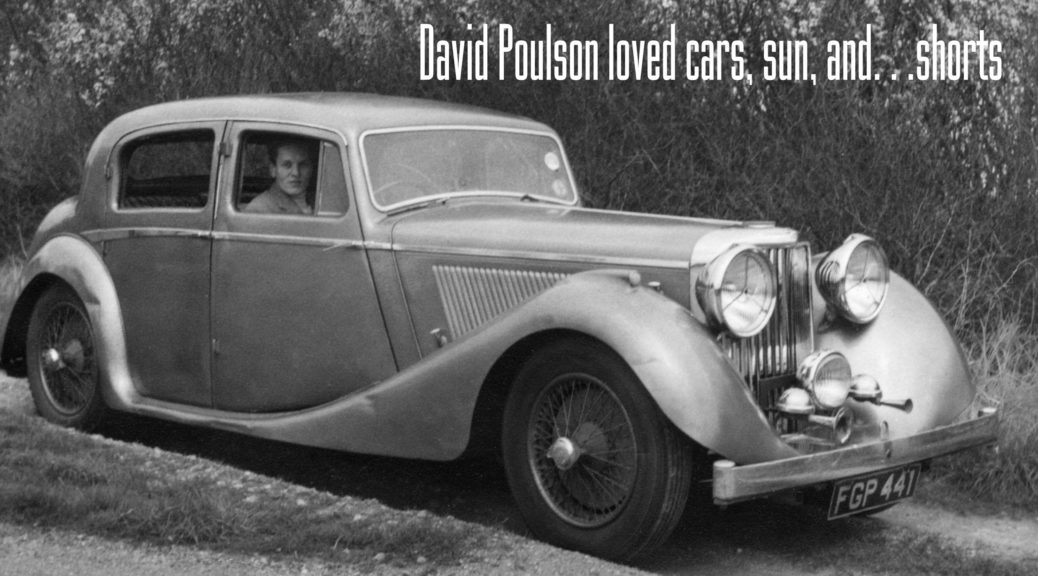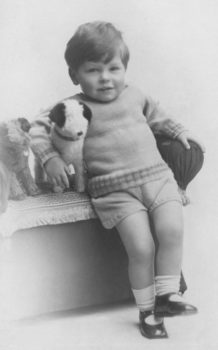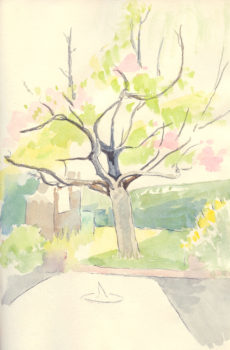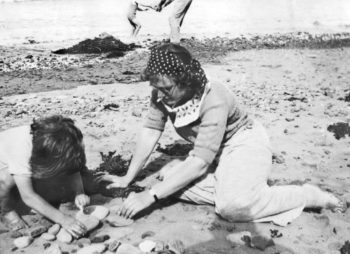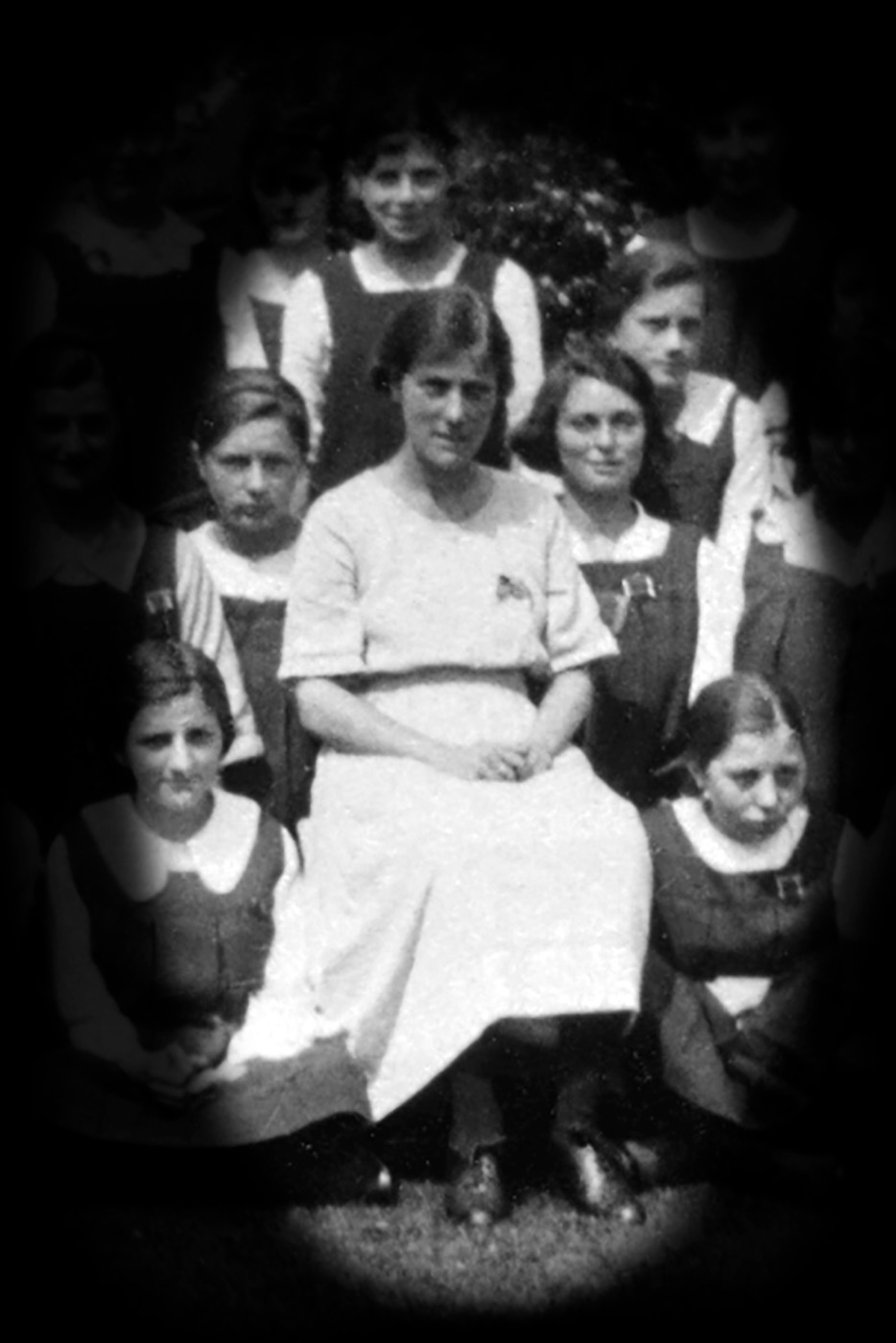
My paternal grandfather’s oldest sister – 7 years older than John Ernest Llewellyn Poulson – was probably the reason her parents were married. She was born just 4 months after John Walden Poulson and Mary Ann Shepherd were married on Christmas Day 1889.
I knew her as Aunty Poul (said pole) – half of Poul & Blacker, retired teachers, who lived in Chelmsford. Helen Blacker was the gym teacher at the Chelmsford Girls’ High School where both taught. I think I visited their house once – Emily died in 1966 – and don’t recall any stories about her other than my father saying she was the headmistress of a girl’s school (she wasn’t, but I think he believed that was a better part in the play if you were a “spinster” teacher) and him insinuating they were closeted lesbians! Aunty Goggie was the sister my grandfather was closest to as they had grown up together in Portsmouth; she was my Dad’s favorite aunt.
Uncovering more of Emily’s story showed an accomplished woman, even with the few pieces I’ve been able to gather via Ancestry, FindMyPast and the British Newspaper Archive.
Continue reading From Knottingley to Chelmsford via Wakefield Girls’ High School and Newnham College Cambridge
